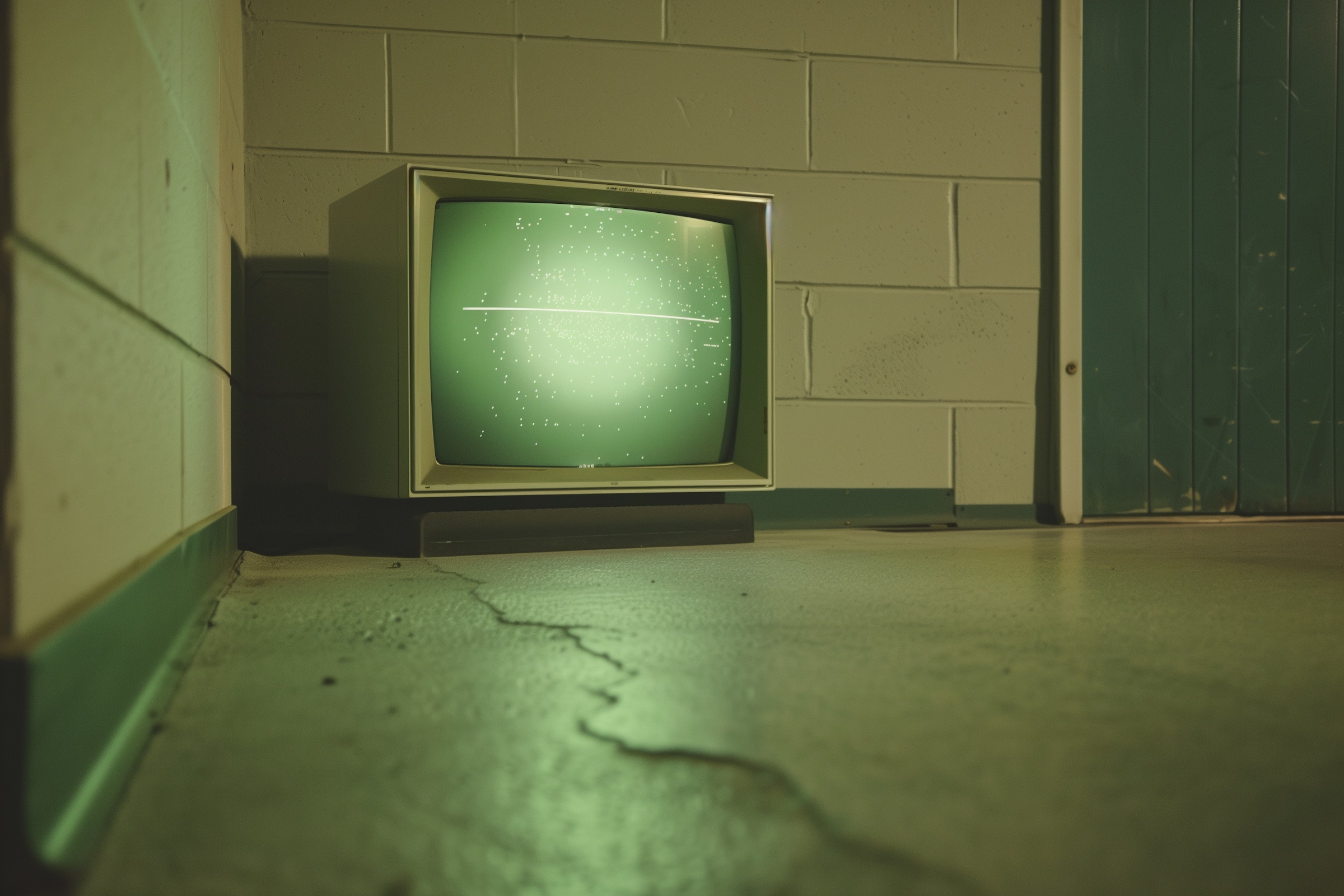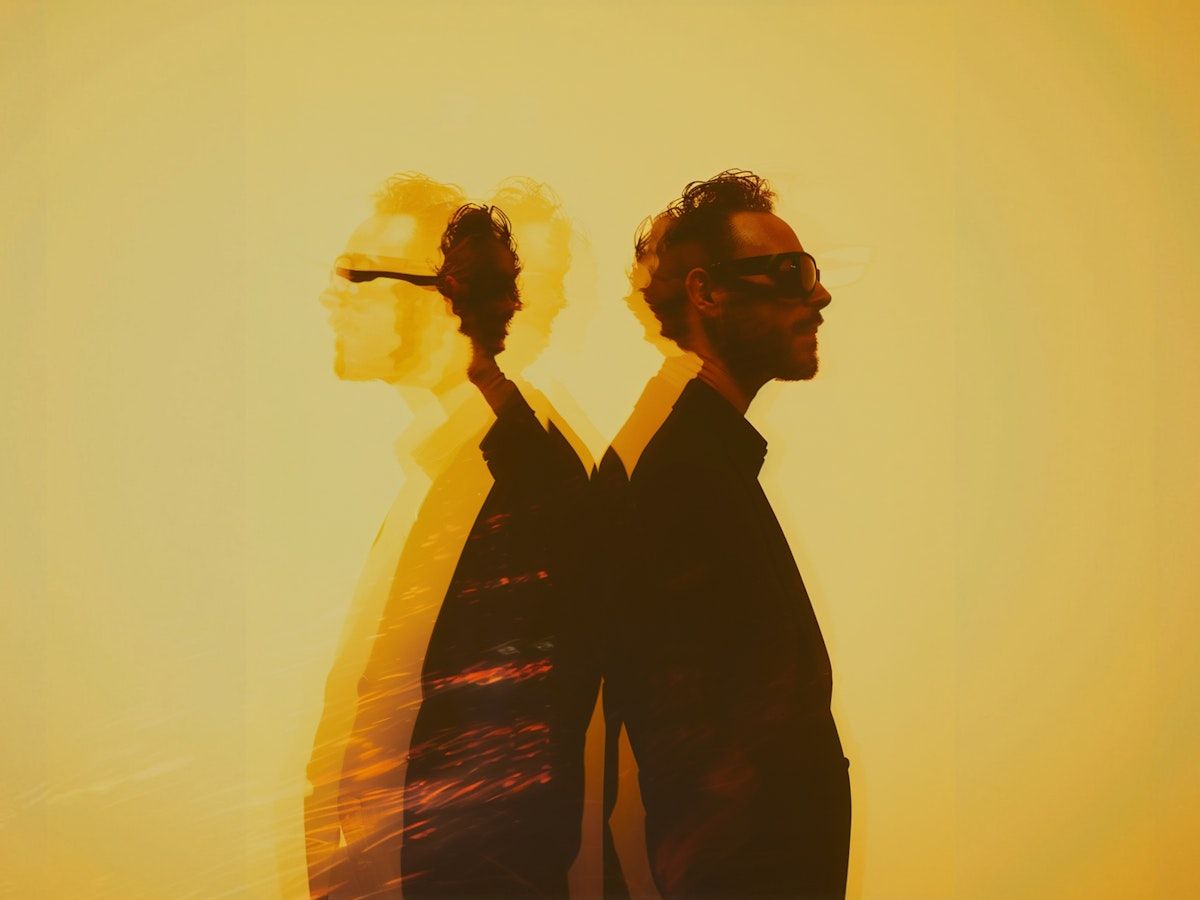It's time to stop collecting and start seeing. An essential shift for modern leaders.
I regularly speak with leaders who, by all accounts, are highly informed. Their dashboards glow green, their inboxes ping with the latest market intelligence, and their teams are drowning in data.
Yet, a recurring story is shared in our coaching sessions here in Singapore:
"I've got too much in my head." "I'm across the details, but still don't feel clear." "I know the strategy, but something feels... off."
We've been conditioned to believe that more information equals better decisions. But I've witnessed a profound truth: The most impactful decisions rarely come from knowing more but from seeing differently. This is what I call the Clarity Paradox.
The Information Overload Reality: Are You Drowning in "Digital Exhaust"?
Consider the sheer volume of "digital exhaust" we generate and consume daily:
- Email remains a primary communication channel, with professionals spending a significant portion of their workweek managing their inboxes. Global email volume continues to rise annually (cloudHQ, 2025).
- The average knowledge worker switches between multiple applications dozens of times per day, often hindering deep work and productivity (Asana, 2021). Note: While the specific 25 times/day figure was from a 2021 report, the general observation of frequent switching remains valid and is cited in their overview.
- A recent survey found that half of executives feel overwhelmed by the sheer volume of data and dashboards they encounter daily when making decisions (TheyDo, 2024).
We are not suffering from a lack of information. We are suffering from clarity poverty. The critical question isn't "How much information do I have?" but "How much insight can I extract?"
The Illusion of "Just One More Thing"
Most of us were implicitly trained to collect. More facts. More frameworks. More opinions. If we get one more piece of data, the answer will magically reveal itself. We delay. We second-guess. We become paralyzed by choice.
But clarity doesn't come from collecting more. It comes from knowing what to discard.
Think about the last truly impactful decision you made. Was it the result of having every single data point imaginable? Or was it a moment when a core truth, a fundamental alignment, or a key insight cut through the noise, revealing the obvious path forward?
In my coaching sessions, I consistently observe this. Clients arrive with a virtual wall of context. But when we intentionally slow down, create space, and ask the right, incisive questions, suddenly, the noise recedes. They already knew what to do. They just couldn't see it clearly enough to take action.
What Research Tells Us: Less Is Often More
This isn't just anecdotal. Decision science research consistently supports this "less is more" approach:
- Our working memory has distinct limits. The human brain can effectively process only 3-4 items (or "chunks") at once in working memory before accuracy declines (Miller's Law, Psychological Review). While famously "seven plus or minus two," a more practical application often indicates a smaller number for sustained focus on distinct variables (Miller, 1956).
- "Choice overload" can significantly reduce decision satisfaction and lead to avoidance of decisions. When presented with too many options, we become less likely to make any choice or one we're less happy with (Schwartz, "The Paradox of Choice," 2004).
- Experts in various fields often make superior decisions by quickly recognizing patterns and focusing on less explicit information, unlike novices who may require more data (Klein, "Sources of Power: How People Make Decisions," 1999).
The Forest Through the Trees: Your Clarity Analogy
Imagine yourself as a hiker. You're given a stack of maps, dozens of trail reviews, satellite images, and the GPS coordinates of every tree in the forest. You spend hours poring over every detail. The result? You're still at the trailhead, overwhelmed and stationary.
Now, imagine a seasoned forest guide. They glance at the sun, feel the wind, and instantly point to the one clear path. They don't need all the data; they know what truly matters.
In decision-making, more trials don't help if you can't identify the right one. Clarity is your internal guide.
The 3-Circle Clarity Reset: A Tool You Can Use Today (Takes 5 Minutes)
Next time you feel your mind spinning with options, try this simple yet powerful exercise that I teach my clients:
- Grab a blank page and quickly brain-dump EVERYTHING you're holding about the decision or challenge at hand. Don't filter; just list.
- Now, look at your list. Circle only the THREE factors that genuinely matter to the ultimate outcome or impact. Be ruthless.
- Finally, draw a bold line to the ONE among those three that needs your attention or movement today. What's the single most impactful next step?
This isn't a productivity hack. It's a clarity in action. It's about distilling complexity to reveal the essentials.
Final Thought: Wisdom Isn't About Having More. It's About Knowing What Matters.
We've been conditioned to believe the most intelligent person in the room is the one who knows the most. But real wisdom isn't about collecting an infinite library of facts. It's about the profound ability to discern what truly matters and repeatedly return to that core truth when things get loud.
Clarity isn't rare. It's just rarely practiced.
See clearly. Lead wisely.
The Clarity Practice offers both individual coaching and corporate programs to bring clarity to professionals.
References:
- cloudHQ. (2025). Workplace Email Statistics 2025: Usage, Productivity, Trends. https://blog.cloudhq.net/workplace-email-statistics/
- Asana. (2021). Anatomy of Work Index. https://asana.com/resources/anatomy-of-work-index (Report download, but key findings are summarized on the page).
- They do. (2024). Data, Decisions, and Doubt: A 2025 Leadership Perspective. https://www.theydo.com/resources/2025-leadership-perspective
- Miller, G. A. (1956). The magical number seven, plus or minus two: Some limits on our capacity for processing information. Psychological Review. https://labs.la.utexas.edu/gilden/files/2016/04/MagicNumberSeven-Miller1956.pdf
- Schwartz, B. (2004). The Paradox of Choice: Why More Is Less. Harper Perennial. https://www.harpercollins.com/products/the-paradox-of-choice-barry-schwartz
- Klein, G. (1999). Sources of Power: How People Make Decisions. MIT Press. https://direct.mit.edu/books/book/3647/Sources-of-PowerHow-People-Make-Decisions


.svg)























